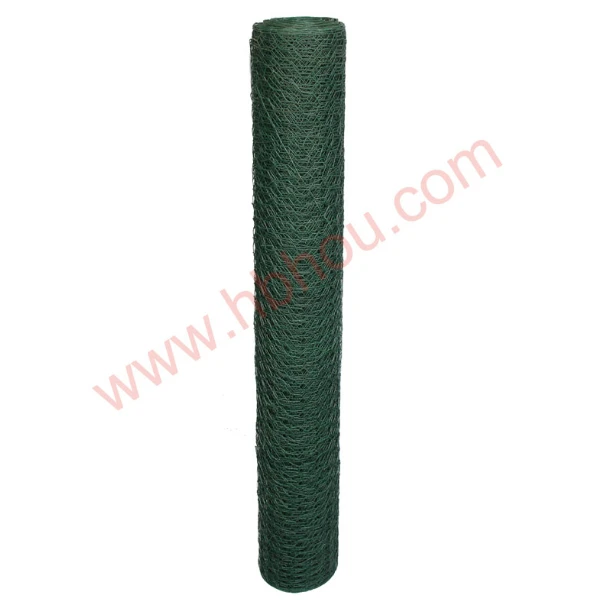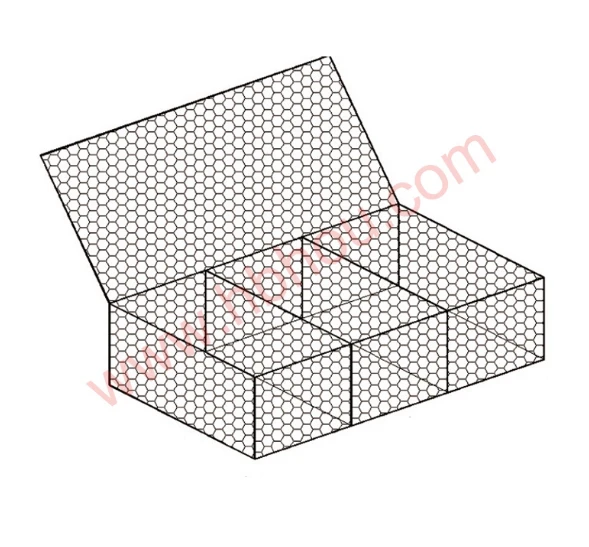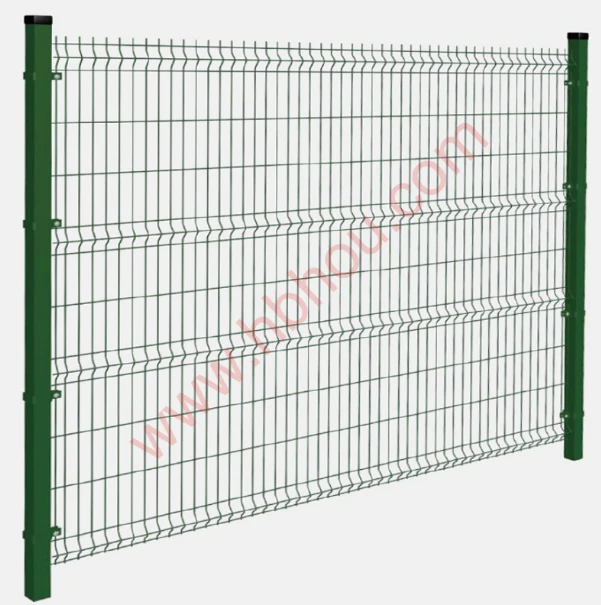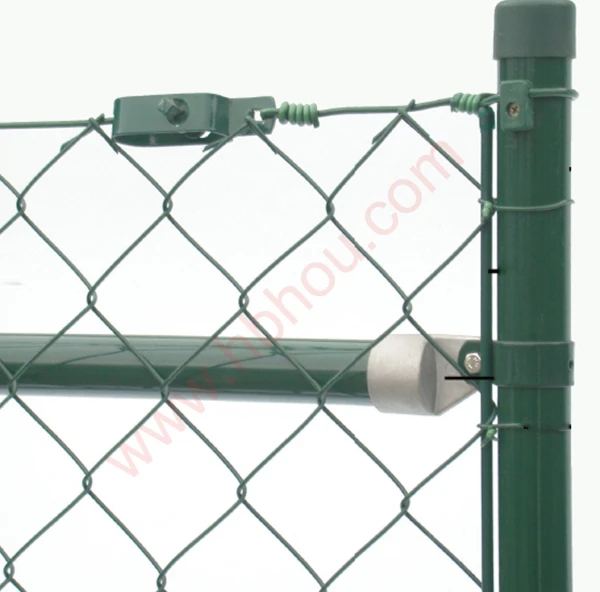The Role of Gabion Retention Walls in Modern Engineering
Gabion retention walls are a prominent feature in contemporary civil engineering, known for their practicality and aesthetic versatility. These structures, composed of wire mesh cages filled with rocks, stones, or other materials, serve a crucial function in controlling erosion, managing water runoff, and stabilizing slopes. Their application is increasingly popular in various landscapes, ranging from rural environments to urban developments.
Design and Construction
The design of gabion walls is relatively straightforward. The wire mesh cages, typically made from galvanized or PVC-coated steel, are constructed on-site and filled with locally sourced materials. This adaptability allows for a range of designs that blend seamlessly with the natural environment while providing structural support. The interlocking nature of the stones within the cages enhances the wall's strength, making it resistant to both static and dynamic loads, such as water pressure and earth movement.
One of the advantages of gabion retention walls is their permeability. Unlike traditional concrete walls, gabions allow water to flow through them, reducing hydrostatic pressure that can lead to structural failure. This permeability helps prevent flooding and excessive erosion, making gabion walls a sustainable choice for areas prone to heavy rainfall or where water management is a concern.
Environmental Benefits
Gabion walls are highly regarded for their environmental benefits. Made primarily from natural materials, they can harmonize with the surrounding landscape, promoting biodiversity. Over time, vegetation can even grow within and around the gabion structures, further enhancing their ecological integration. As a result, they can serve not only as functional barriers but also as habitats for local wildlife, contributing positively to the ecosystem.
In addition to their aesthetic appeal, gabion walls are often constructed using locally sourced materials, reducing the carbon footprint associated with transporting building materials. This local sourcing aligns with sustainable building practices, reinforcing the importance of environmentally conscious engineering in today’s world.
gabion retention wall
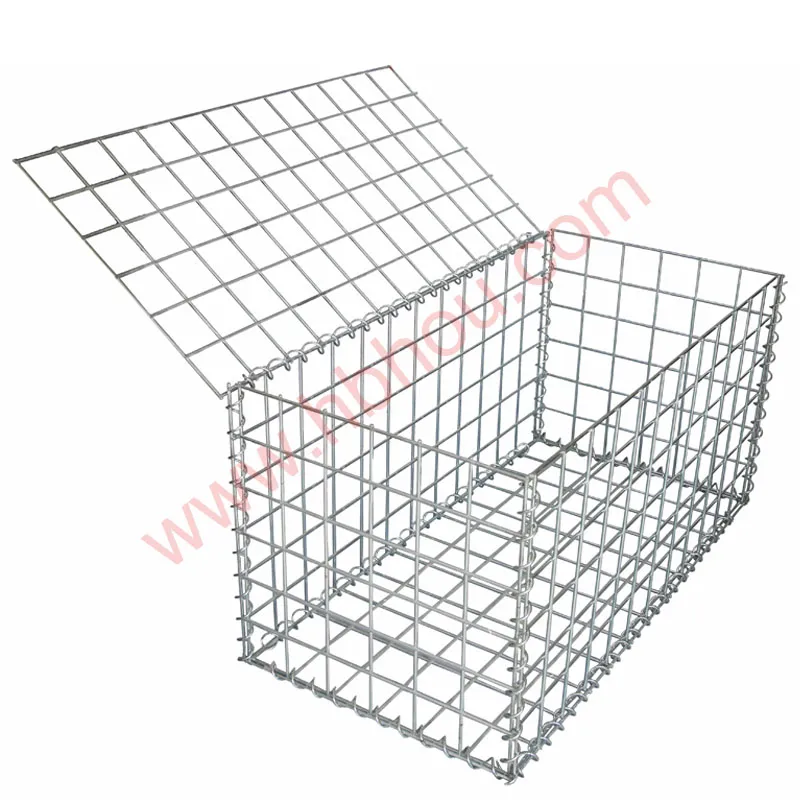
Applications and Uses
Gabion retention walls find application in various settings. They are commonly used in landscaping for terracing, creating garden beds, and enhancing aesthetic appeal in parks and public spaces. In urban areas, they can stabilize slopes and protect infrastructure from erosion. Furthermore, they are increasingly utilized along waterways to prevent bank erosion and provide a robust structure for managing sediment.
Critically, gabion walls are also used in disaster-prone areas. They serve as effective barriers against landslides and mudslides, absorbing shock and stabilizing loose soil. In these situations, the flexibility of gabion walls plays a key role in disaster mitigation, helping to protect communities and vital infrastructures.
Challenges and Considerations
While gabion retention walls have numerous advantages, certain challenges exist. Over time, the wire mesh can corrode, especially in environments with high salinity or pollutants. Regular maintenance is required to ensure the longevity of these structures. Additionally, careful consideration must be given to the design and construction process, as improperly installed gabion walls may not perform effectively under extreme conditions.
Despite these challenges, the benefits of gabion retention walls far outweigh potential drawbacks. Their combination of functionality, sustainability, and aesthetic appeal positions them as a valuable option for engineers and environmental planners.
Conclusion
In conclusion, gabion retention walls represent a fusion of engineering efficiency and ecological responsibility. As we continue to face challenges related to climate change, urbanization, and resource management, the relevance of gabion walls is likely to increase. By integrating these innovative structures into our built environment, we can foster more sustainable landscapes that not only protect our natural resources but also enhance the aesthetic quality of our surroundings.










